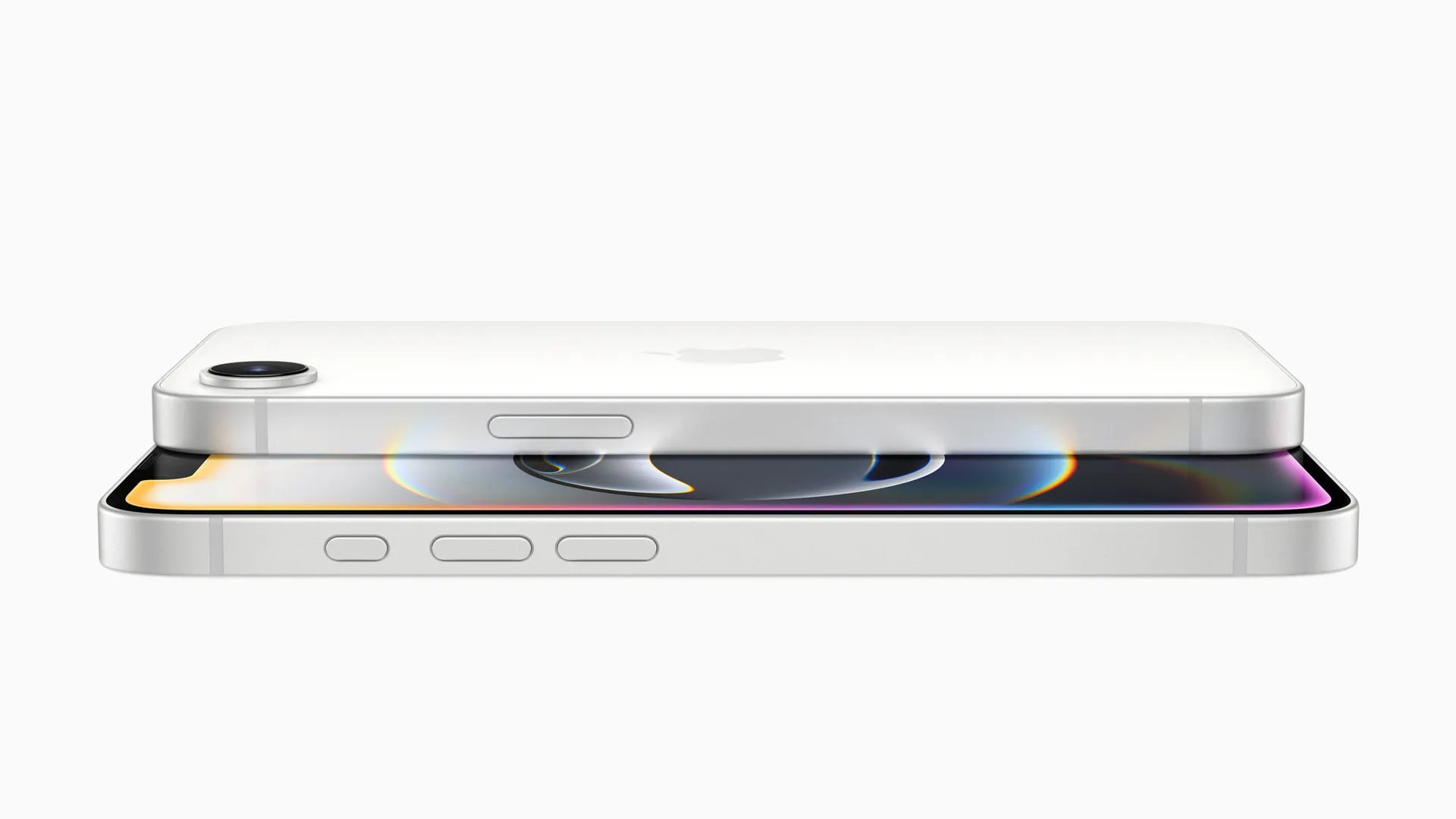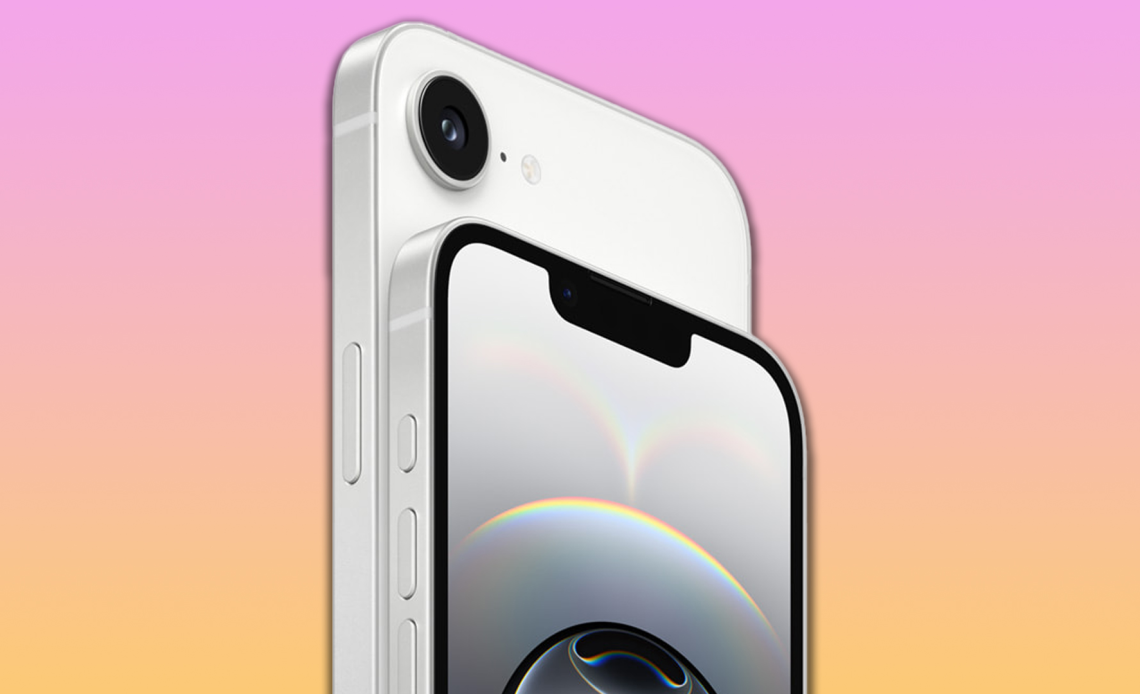Apple has introduced the iPhone 16e, a budget-friendly smartphone that integrates artificial intelligence (AI) features similar to its flagship models. The device comes with the same processor as the premium iPhone 16 but has a lower overall specification, including fewer cameras.
Apple has been struggling with declining iPhone sales and is hoping that offering enhanced AI capabilities in a more affordable model will attract consumers. However, analysts remain uncertain about the extent to which AI-driven features will boost sales.
iPhone 16e Offers Affordable AI-Powered Performance with A18 Chip and ChatGPT Integration
The iPhone 16e bears a resemblance to Apple’s previous budget-friendly SE series, which launched between 2016 and 2022. It will be available for pre-order starting February 21 in 59 countries and will retail in the UK for £599, which is £200 less than the iPhone 16.
However, this price is still significantly higher than the original iPhone SE, which debuted at less than half this cost. Analysts believe this pricing strategy could help Apple expand its AI integration while making high-performance smartphones more accessible.

Apple Intelligence, the company’s AI initiative, is a major highlight of the iPhone 16e. The device is powered by the A18 chip, ensuring smooth performance for games, apps, and AI-driven tools. CEO Tim Cook emphasized the phone’s ability to improve efficiency, creativity, and overall user experience through AI.
Apple has integrated ChatGPT into Siri and introduced new writing tools and photo-editing features. However, Apple’s AI efforts have had setbacks, including errors in AI-generated news alerts. Experts remain divided on whether AI alone can drive significant demand for Apple’s products.
Apple Introduces In-House C1 Modem to Reduce Dependence on Third-Party Suppliers
A significant technological shift in the iPhone 16e is Apple’s introduction of its own C1 modem, marking a departure from reliance on Qualcomm and Intel for cellular connectivity. This transition aligns with Apple’s long-term goal of controlling the core technology behind its products, a vision that CEO Tim Cook outlined as early as 2009.
By reducing dependence on third-party chip manufacturers, Apple could lower costs and increase control over its hardware ecosystem. However, whether Apple’s in-house modem technology can match or surpass existing industry leaders remains to be seen.
With the iPhone 16e, Apple is targeting consumers who find its flagship models too expensive, particularly in emerging markets like India. Analysts suggest that making AI more accessible through a lower-priced device could expand Apple’s customer base and encourage users of older iPhone models to upgrade.
The company is actively marketing the device as a compelling upgrade for users with iPhones from as far back as 2019. While the iPhone 16e may not be revolutionary, it represents a strategic move by Apple to sustain its competitive edge in a market that has shown a limited appetite for frequent smartphone upgrades.




